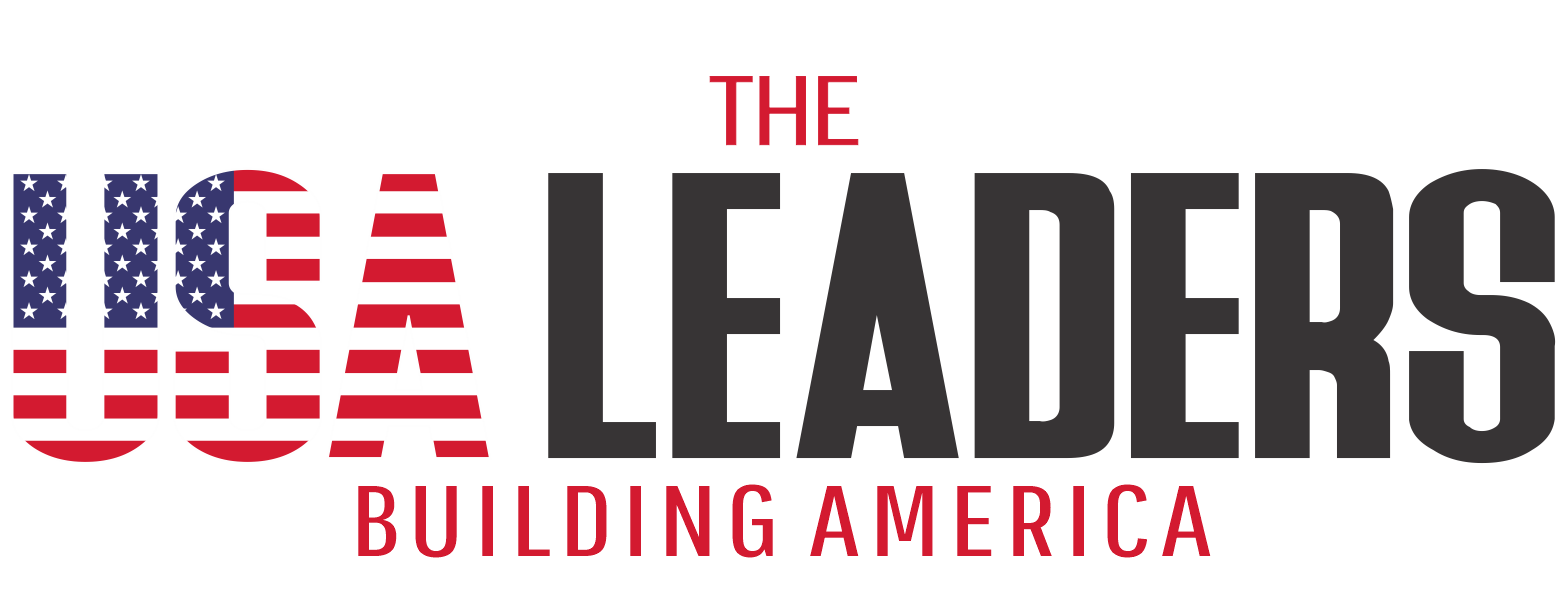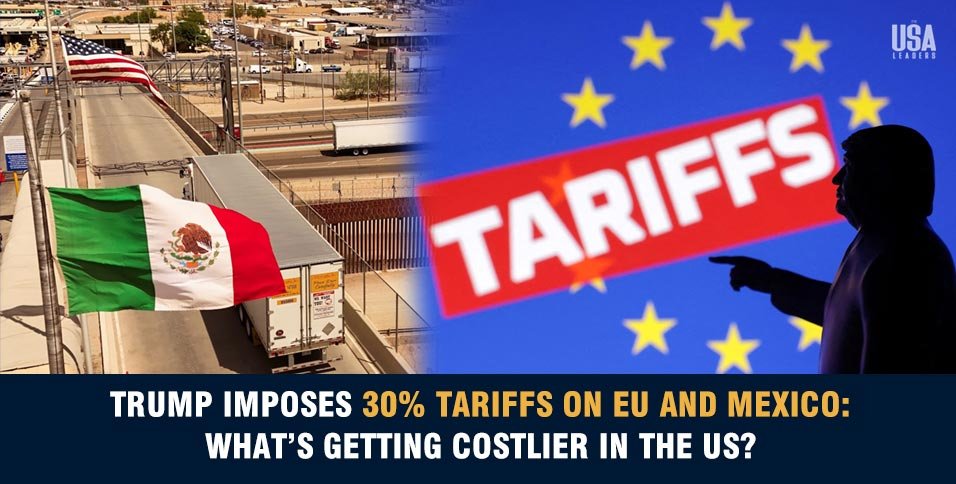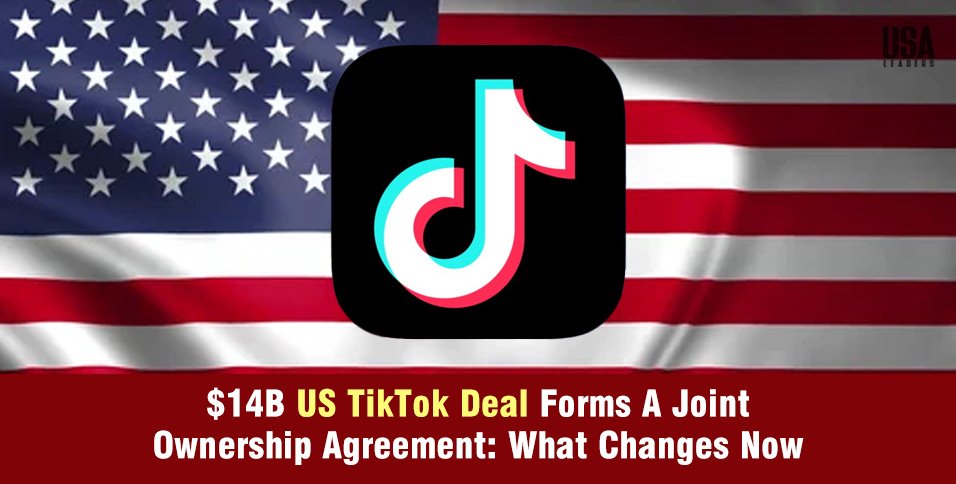The USA Leaders
July 14, 2025
Washington, D.C. – American shoppers and businesses are about to feel the pinch at the checkout line—and at the dealership, pharmacy, and wine rack—after President Donald Trump dropped a bold new trade bombshell: sweeping 30% tariffs on EU and Mexico imports, effective August 1. With this dramatic escalation in global trade tensions, nearly everything from German cars and French wine to Mexican avocados and tequila is poised to get significantly more expensive. And behind it all lies a complex web of economic grievances, border security concerns, and digital tax disputes.
A New Trade Storm: Why the 30% Tariffs on EU and Mexico?
The 30% tariffs on EU and Mexico are being imposed for different reasons, according to Trump’s statement:
- EU: The U.S. trade deficit, alleged unfair tariffs, and digital services taxes (DSTs) aimed at American tech companies are the main drivers. Trump accused the EU of benefiting from American innovation while “taxing our tech giants into submission.”
- Mexico: Trump pointed to border security, illegal drug trafficking, and undocumented immigration, claiming Mexico hasn’t done enough to curb the inflow of fentanyl and migrants.
Both parties have until August 1 to negotiate a deal to avoid these tariffs—but as of now, no concrete progress has been made.
What Will Get Costlier for Americans?
The 30% tariffs on EU and Mexico cover a wide array of consumer and industrial goods. The impact will ripple across store shelves, dealerships, and supply chains nationwide.
From Mexico:
- Automobiles & Parts: Expect price hikes on vehicles assembled in Mexico, including popular pickup trucks and electric vehicles.
- Agricultural Goods: Fruits, vegetables, avocados, tomatoes, and berries could see noticeable price increases.
- Beverages: Tequila and Mexican beers are likely to become more expensive.
- Machinery & Electronics: Appliances, tools, and electronic components will cost more as tariffs increase production costs.
From the EU:
- Pharmaceuticals: Many medicines and medical devices from Germany and Ireland will now carry higher costs.
- Luxury Cars: German, French, and Italian vehicles could see a surge in price tags at dealerships.
- Wine & Spirits: French wine and Italian liquors will be harder on the wallet.
- Mechanical Appliances & Components: Items from European manufacturing hubs may see significant markups.
Bottom Line: If it’s imported from Mexico or Europe, it’s probably about to cost you more.
Retaliation, Negotiation, and Global Ripples
While the 30% tariffs on EU and Mexico have been framed as leverage for new trade deals, they’ve also triggered serious backlash:
EU Response:
European Commission President Ursula von der Leyen criticized the move as “disruptive and unjustified,” warning of countermeasures if no agreement is reached. While the EU is pursuing dialogue, it’s also preparing a proportional response—likely targeting U.S. goods such as whiskey, motorcycles, and tech hardware.
Mexico’s Stance:
Mexican President Claudia Sheinbaum expressed hope for negotiations, while condemning the connection between trade and immigration enforcement. “Tariffs won’t solve humanitarian challenges,” she noted in a press conference.
Market Turbulence:
- European financial markets dropped, with indices in France, Germany, and Spain falling sharply after the announcement.
- American retailers and auto manufacturers are sounding alarms, warning of price shocks and supply chain disruptions.
The Bigger Picture: A Return to Trump’s “Tariff Diplomacy”
This is not a one-off. The 30% tariffs on EU and Mexico are part of Trump’s larger plan to overhaul global trade. Similar tariff notices have been issued to:
- Canada (35%)
- Japan, Brazil, and South Korea (up to 50%)
- Copper imports (used in data centers and power grids) facing a 50% hike
Trump is reintroducing his philosophy of “reciprocal trade,” where foreign tariffs must match U.S. duties—or face consequences.
Additionally, Trump’s aggressive stance against digital services taxes—which target U.S. tech firms’ revenue abroad—has become central to his foreign economic policy. According to the administration, DSTs “unfairly target” American innovators and drain billions from the U.S. tax base.
What’s Next? Uncertainty—and Expensive Imports
With the 30% tariffs on EU and Mexico looming, American businesses and consumers are bracing for impact. Imports that power everything from hospitals to grocery stores to auto plants will become more expensive.
What remains to be seen is whether:
- Negotiations bear fruit before August 1, avoiding a full-scale trade war.
- U.S. allies retaliate, causing deeper diplomatic rifts.
- Consumers push back, especially in a time of ongoing inflation concerns.
Until then, one thing is clear: yours next European luxury car or bottle of tequila might just cost a lot more.































